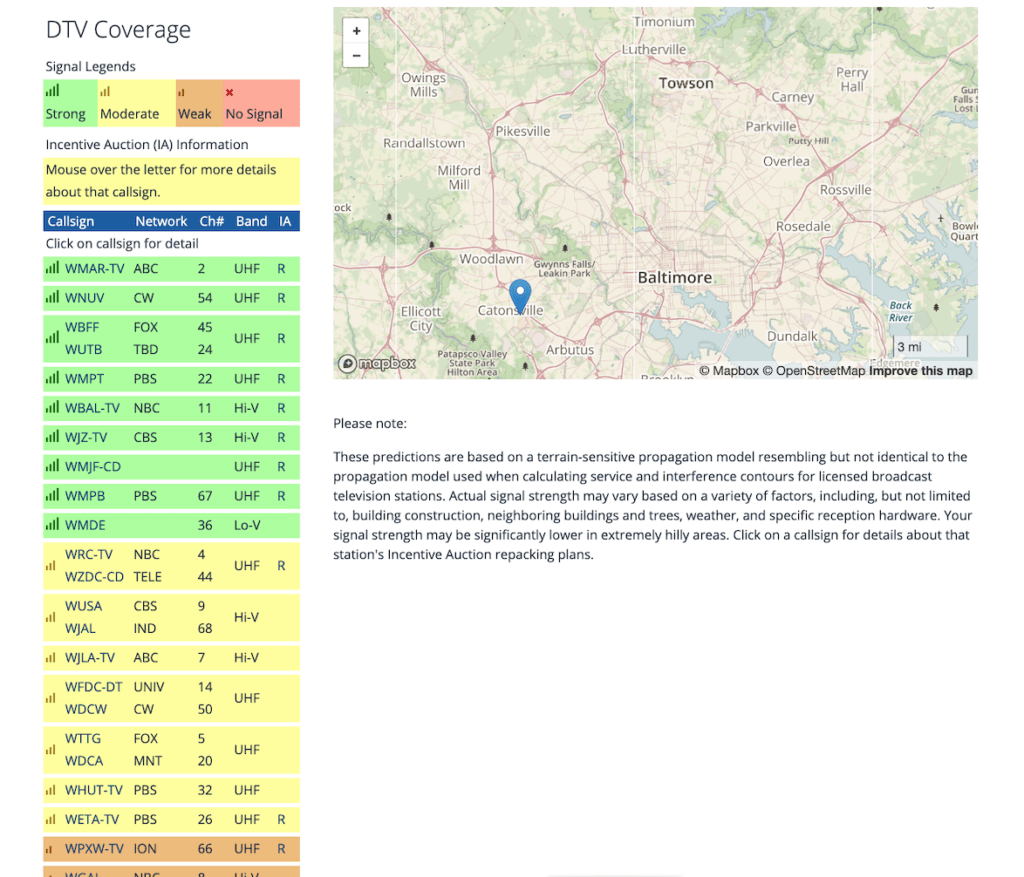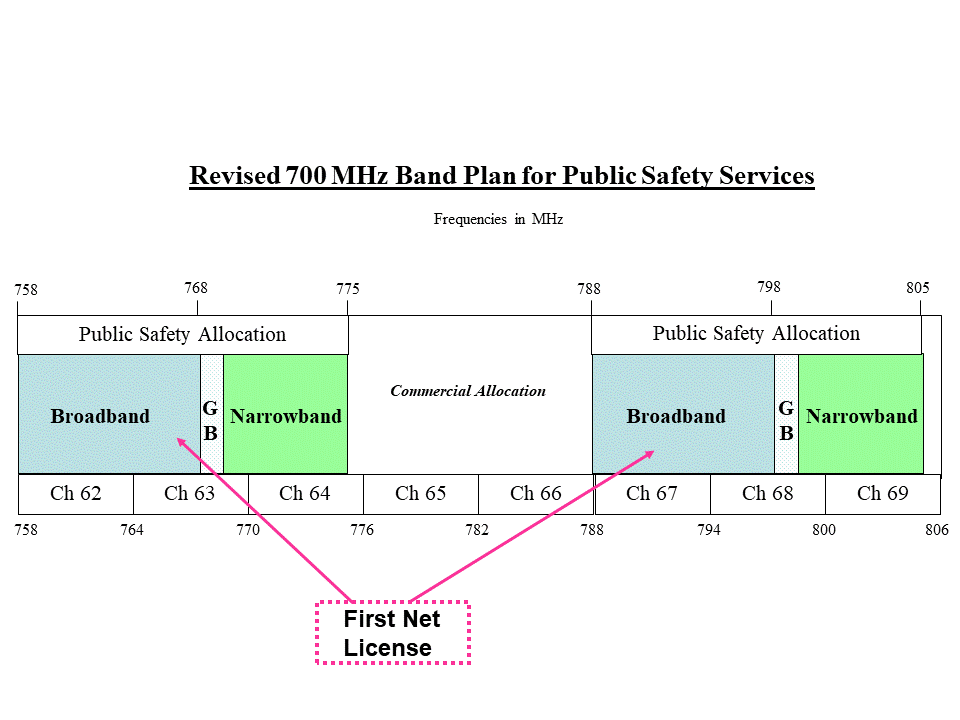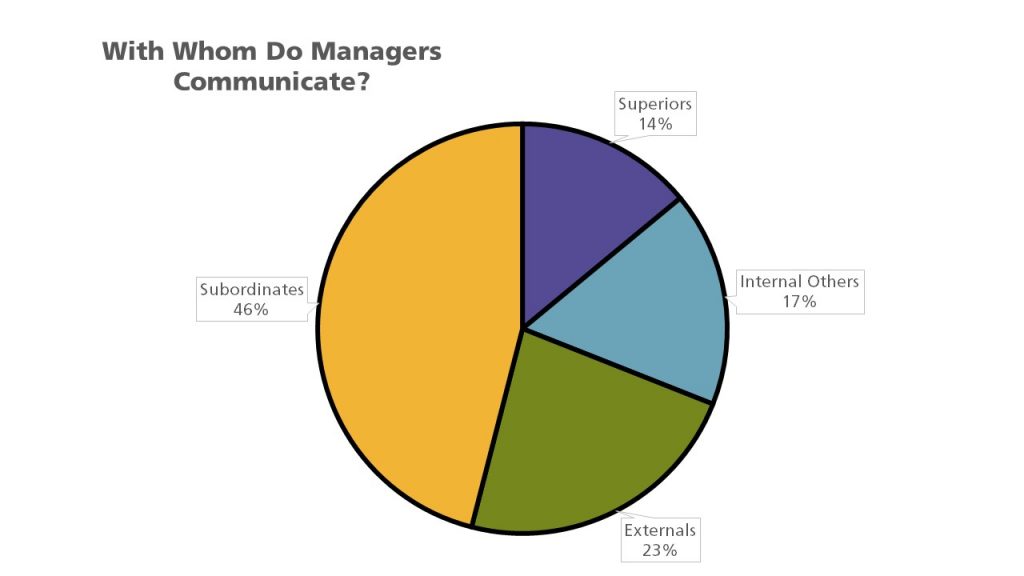Rising Noise Floor Affecting Digital Television Reception
Residual noise forms the noise floor when designing a radio receiver for any radio communications system it is necessary to ensure that the performance of the radio receiver matches the performance.
Rising noise floor affecting digital television reception. At this frequency this is below the thermal noise floor and far too small to have an impact. The noise floor can be defined as the measure of the signal created from the sum of all the noise sources and unwanted signals within a system. When the sun and its thermal noise aligns perfectly with a satellite and the receive antenna on the ground line of sight the the noise floor as seen by the receive earth station is significant enough that it rises above the satellite s carrier signal and causes a temporary loss of reception. In digital signal processing applications a digital low pass filter at the a d output could be used to effectively remove the quantization noise which is contained in the unwanted part of the nyquist bandwidth.
Problem in a van or mh is everything is close to each other and anything making electrical noise can and usually will splatter the modern digital tv reception. That noise is called thermal noise. In dtv the noise floor is said to be 106 dbm and more accurately 106 2 dbm. Additionally the disk of the sun is only 1 2 degree making it a point source radiator when compared to any practical uhf antennas.
In a perfect world the atsc signal needs to be 15 2 db above the noise floor to produce an error free picture and audio. Nearly all led lamps these days have an internal led driver which can generate noise if not shielded. This is important because in practice no signal can be detected below the noise floor. An excellent over the air tv signal is critical to enjoying free live hdtv with tablo.
However signal to noise ratio the digital cliff effect tuner overdriving and signal interference can mean the difference between a great cord cutting tv viewing experience and a less than perfect one. Digital systems do not exhibit this behavior typically demodulating clean audio to the point that noise induced errors cause the system to mute. This filter will only pass the input signal bandwidth with its proportionately reduced noise power resulting in an increased snr. 3 metres is close enough.
In other words you would need to point your tv antenna directly at the sun to receive even this minuscule noise level. Perfect digital tv reception was then achieved with the elimination of the offending noise source.



















